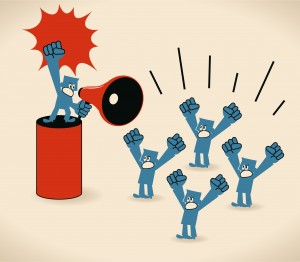

Why Storytelling is the Best Way to Engage Health Care Audiences
Additional reporting by Nick Dutnall.
Relying on numbers at the expense of human judgment and experience, no matter how reassuringly extensive the latter, can lead to poor decision making that has far-reaching consequences (see our recent post on the limitations of “big data”).
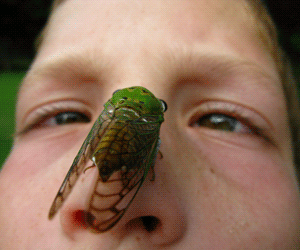
What Billions of Cicadas Taught Me About Storytelling
The cicadas are coming. Billions of buzzing (relatively harmless) insects will descend upon the eastern United States from Georgia to New England in the coming weeks.
If you’re not familiar with them, cicadas are a unique species. For most of their lives, cicadas live underground as nymphs, digging and feeding on roots. After 17 years underground, in the last few months of their lives, they emerge by the billions, seeking high ground (mostly in trees) on which to shed their exoskeletons and emerge as beautiful winged insects. They mate, the females give birth to new nymphs deep within tree branches, and then they die. While their life cycle is unique, cicadas are most commonly known for their mating song, which is sung by the males and is among the loudest of all insect-produced sounds.
Most people are dreading their arrival. Imagine a fly: Now significantly multiply its size and sound and you’ve got a cicada. Oh, and imagine not one single cicada but billions. Plus, when their life cycle is complete, their carcasses will litter the ground. Are you excited yet? I’m going to ask my wife if she’s excited and will check back with you in a minute. Spoiler alert: She’s not excited.
Until recently I shared her sentiments. That is, until a short film by Samuel Orr about cicadas completely changed my perspective, and taught me a lesson about storytelling in the process.

Not Everyone is a Storyteller
Lately, everyone in advertising has become a “storyteller” specializing in "engaging content."
This isn’t true, of course. But I understand why everyone’s making the claim: Digital is the only part of advertising that’s growing rapidly; social media is the red-hot center of digital; to make social work, you need conversation-starting (and sustaining) content.
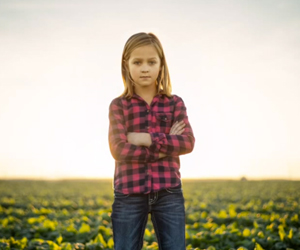
6 TV Ads That Will Grip You With Their Story
Television advertising has traditionally been seen as an interruptive yet creative means of exposing audiences to a brand. There’s no denying the massive audience that television commands, not only in the United States and the UK but around the world, but it’s been said that audiences hate advertisements so much that they created technologies for avoiding them.
Many households have “pulled the plug” on television altogether, opting for on-demand television viewing with Netflix, Hulu, Amazon Prime, iTunes, Roku, HBOGo and many more alternative services. Add to that the Nielsen Global Survey revealing the decline in consumer trust of ads on television (from 62 percent in 2009 to 47 percent in 2012) and one would have to wonder how television advertising can or will stay relevant in the post-advertising age.
The answer? Storytelling.
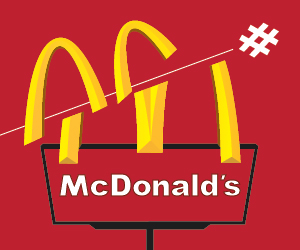
When Promoted Hashtags Are Campaign Killers
This post originally appeared in our April ’13 issue of “Live Report from the Future of Marketing,” our monthly Post-Advertising newsletter. Subscribe for free here.
No matter how lofty a brand’s goals are when it uses hashtags, there are always individuals ready to use them to drag it into the gutter.
McDonald’s is on its second go-round with promoted hashtags gone awry, this time with #UnwrapWhatsFresh. The hashtag was created to support McDonald’s new Premium McWrap, which features chicken (grilled or crispy) and fresh vegetables served in a warm tortilla.
The hashtag was promoted on Twitter, but instead of talking about healthy eating, a number of people were tweeting these sweet nothings:
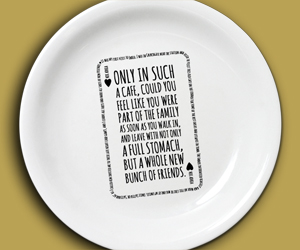
Baking Brand Storytelling Into Your Lunch
Any restaurant is rich in stories, from the founding of the establishment to the experiences of its patrons. Because of that, the restaurant business is an interesting venue for content marketing, social media and brand storytelling.
I like to think that the best part about going out to eat, particularly with friends, isn’t the food (though don’t get me wrong; I adore food). It’s the stories we share and the stories we create. It’s like the times spent with my wife reviewing our plate of nachos in hopes that someday we’ll cull all those reviews into a blog just about nachos (though that’s a whole other story). It’s the times spent with friends catching up and reminiscing about old times.
Restaurants have a unique opportunity to tap into brand storytelling, and there’s a restaurant in the U.K. doing just that.
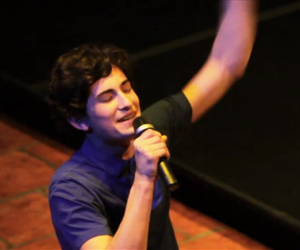
Possibly the Greatest Brand Story Ever Told
The most effective mass media is the stories we tell and conversations we have with each other. If you don’t believe me, let me prove it to you.
We've all seen an endless number of ads for cars, car dealerships, and the like. If I think really hard, I may be able to remember a few of them. Let’s see… I remember the Volkswagen ad with Kid Vader (but mostly because it was so talked-about, not because I thought it was so effective). I remember the Toyota Celica ads in which the senior citizen sees a parked Celica and yells, “Slow down. This is a neighborhood!” If you gave me 10 more minutes, I could probably think of another three to five, but not much more. Considering how many car ads I’ve seen in my lifetime, that’s a pretty low recall rate, and I can assure you that none of them influenced my purchase decisions.
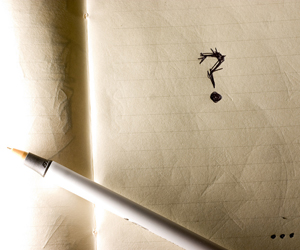
What is Social Media Storytelling?
My parents and many of my friends still don’t understand what it is I do every day. They envision me frolicking in the fields of Facebook and Twitter, swapping gossip and sharing funny memes. They must think I have the best job in the world because my profession is social media—exactly the tool used by everyone else to procrastinate and avoid doing their real job.
The combination of social media and storytelling, the term social media storytelling could be the holy grail of buzzwords. Half emerging technology that everyone said would either rule the world or totally fail, half proven method of transferring emotion and knowledge since the dawn of humanity, social media storytelling is a relatively new and an oft-misunderstood term. Nearly every digital agency claims that they’re “storytellers,” and if the client is interested in a social media activation, then they’ve magically become “social media storytellers” as well.
My mom and dad are clueless about what “social media storytelling” means, and that’s okay. But I fear there are other agencies and brands that are misunderstood, and that can be dangerous for audiences.
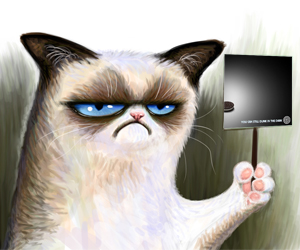
Why I Wasn’t Impressed with Oreo’s Super Bowl Blackout Tweet
I’m going to say it: I wasn’t impressed by Oreo’s blackout tweet.
As I brace for the backlash, I’ll try to explain myself. I do realize that Oreo is making all the brands that invested $4 million for 30 seconds of interruption look foolish. Oreo is the talk of the town, and it’s not because of its own quite funny Super Bowl commercial (that’s right: I’m not going to call it the Big Game or El Plato Supreme) or it's impressive efforts on Instagram re-creating photos sent by fans out of either Oreo cookie or Oreo cream, which I insist marketers would be talking about today if there hadn't been a blackout. No, it’s because of a single tweet (I realize that it was also a Facebook post, but let’s call it a tweet for simplicity’s sake). It was a photo of an Oreo cookie in a pool of light surrounded by darkness and the words “You can still dunk in the dark”—and it was re-tweeted more than 15,000 times.
It was timely, on-brand and a much faster real-time response than any other brand (though brands like Tide and Audi had some great responses as well). If you were scouring the online marketing rags on Monday morning, you couldn’t click twice without running into an article about Oreo’s success.
But I wasn’t impressed by the tweet.

